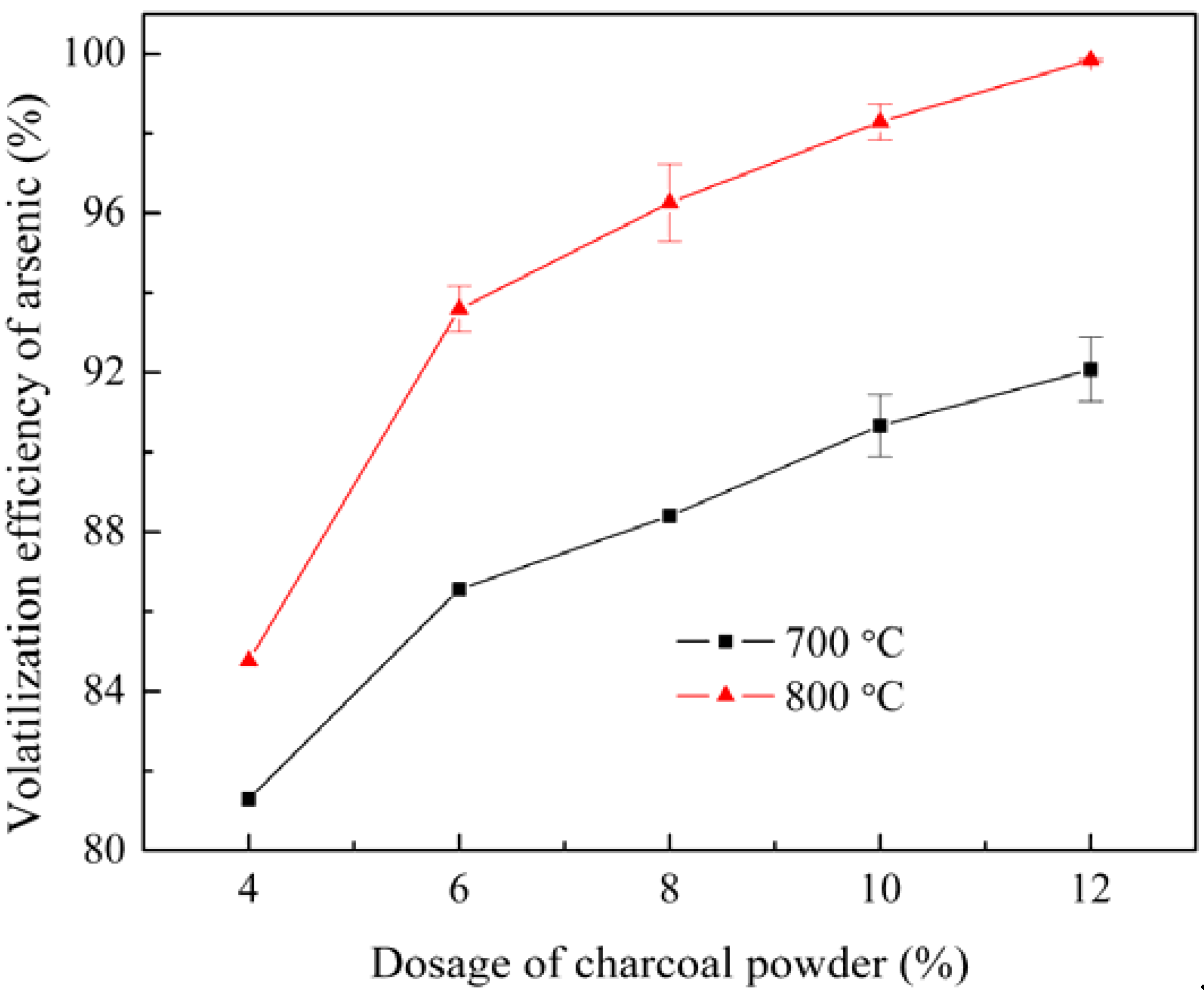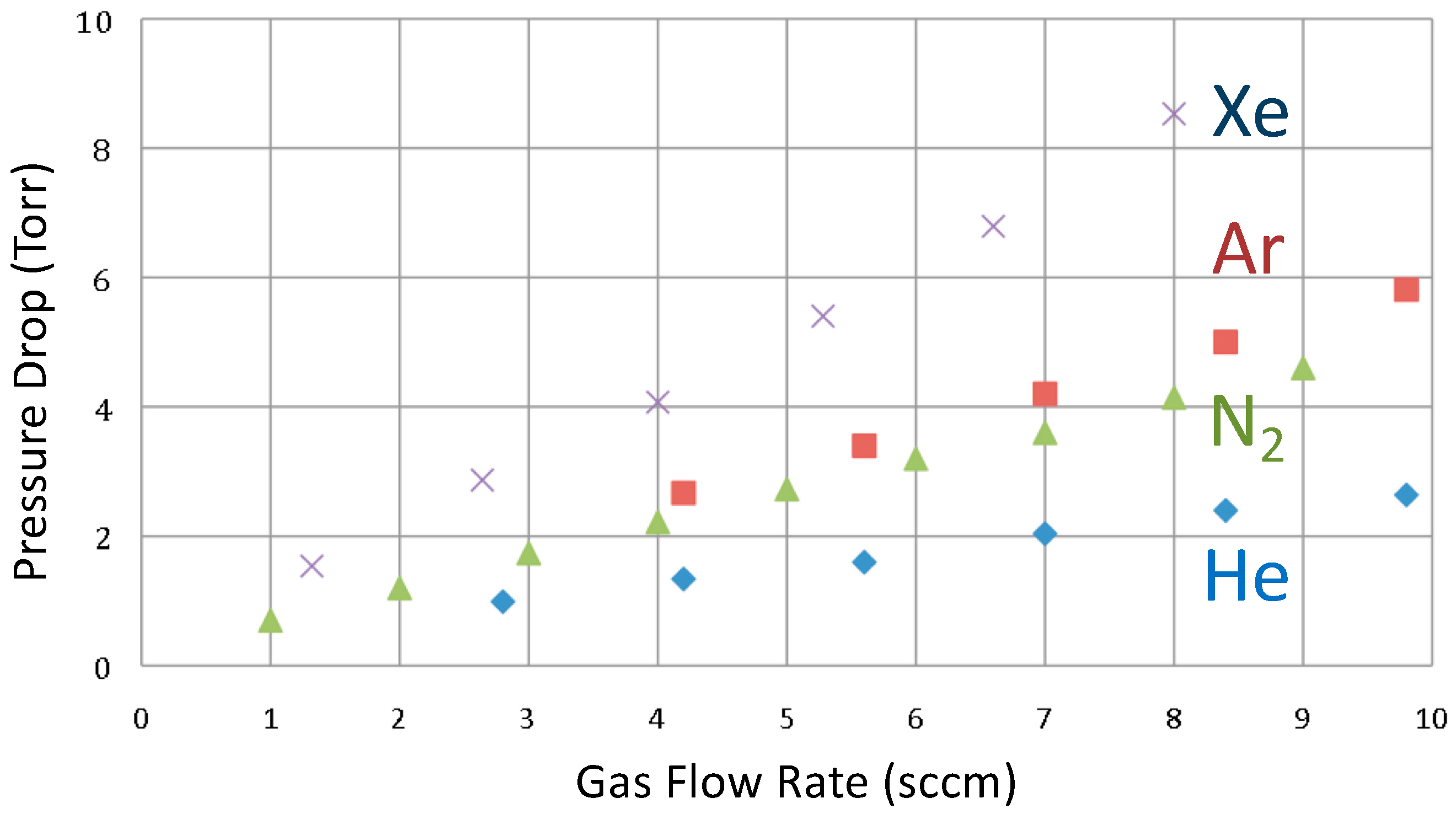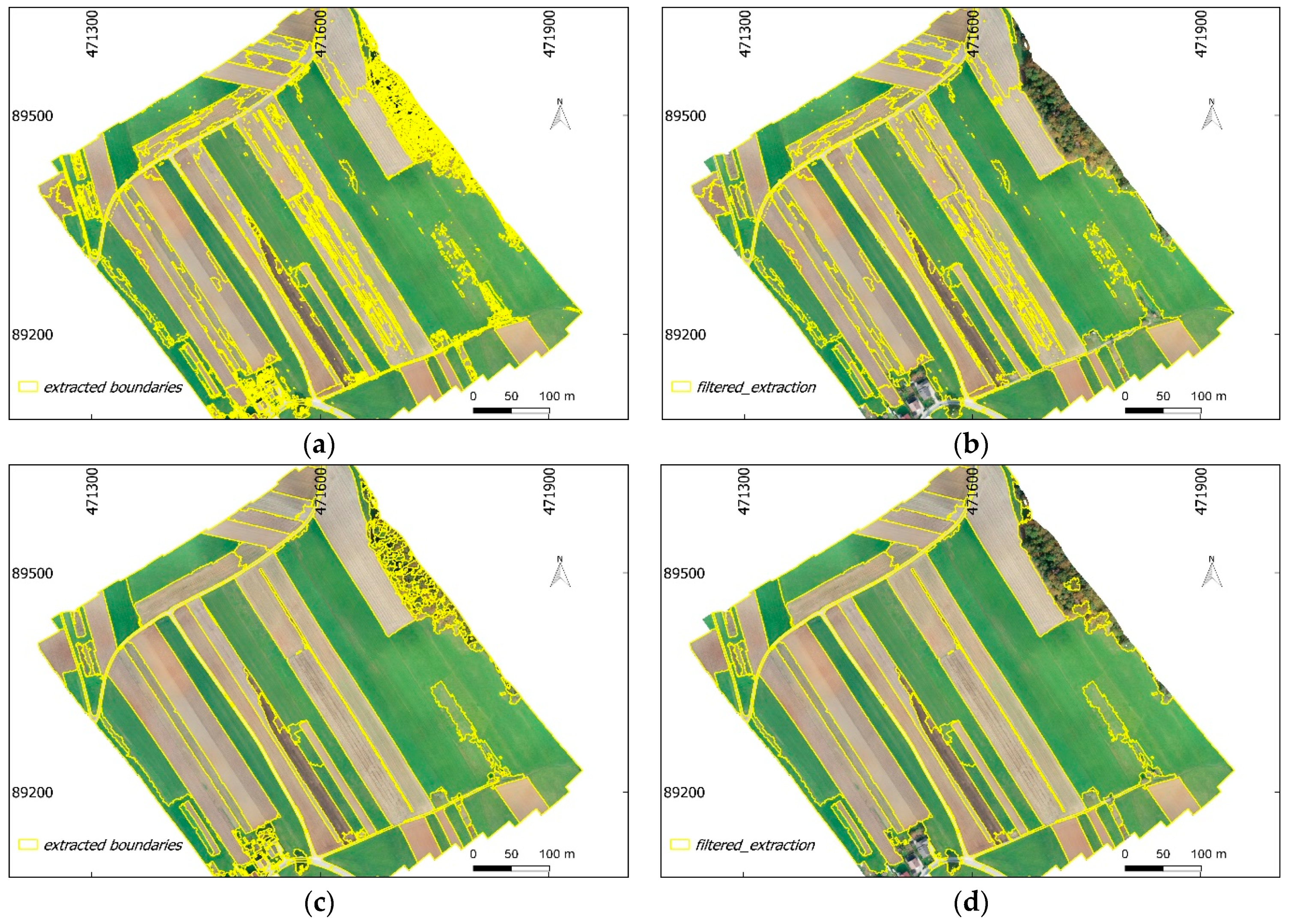
Each piece brings us closer to a landscape and the processes of extraction that have shaped it over time, but they also ask in earnest, do we really understand these spaces at all?Įxtraction is difficult to define. This issue of Scenario Journal explores such landscapes of extraction and the networks of relationships that sustain them. As the world population becomes more urban and more spatially removed from the landscapes that supply its raw materials and energy needs, as supply chains elongate and become more globalized, our reliance on remotely extracted natural resources only continues to increase, while our relationship to the landscapes of extraction recedes ever further from daily view.


Raw materials are wrought from the earth, shaping the landscape physically in the process - chewing up the ground, hollowing aquifers, altering the composition of the oceans, jumbling the structure of soils. Globalized markets trade hard commodities without minding the origin of materials at all. We rely on rare earth metals to manufacture lifesaving medical devices and disposable electronics without considering the political consequences of rare earth smuggling or mine leachate on drinking water supplies. We dig and blast materials to construct and repair the physical infrastructure of our towns and cities, but rarely pause to think about the origin of the gravel, concrete, steel, foam and bitumen that comprise the built environment.

We rely on energy to power the technology in our lives but are disconnected from the landscapes that must be exploited to yield that energy.


 0 kommentar(er)
0 kommentar(er)
